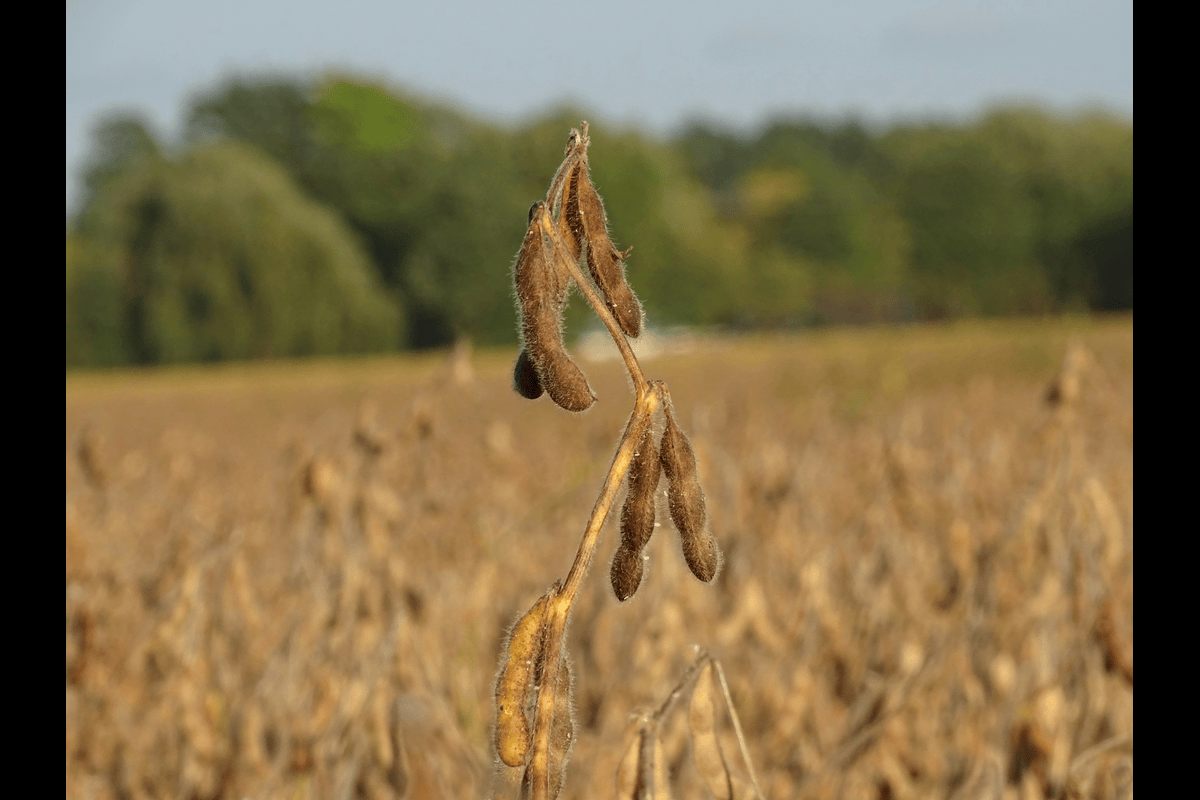In recent years, the global nutrition debate has focused on plant-based diets, sustainability, and well-being. As consumers seek healthier and more environmentally friendly alternatives, soy has established itself as a versatile protein source with countless applications. In this context, Insoya positions itself as a modern concept that prioritizes innovation in soy-based foods, supplements, and lifestyle choices.
Insoya is more than just soy: it represents the fusion of tradition, technology, and sustainability in modern nutrition. This article explores what Insoya is, its benefits, its applications, and why it is becoming increasingly important in today’s health-conscious world.
What is Insoya?
Insoya can be defined as a next-generation, plant-based approach that harnesses the nutritional power of soy to develop innovative products. From protein-rich foods and supplements to dairy alternatives, Insoya stands for:
Nutrition: Utilizing the full amino acid profile of soy protein.
Sustainability: Reducing reliance on livestock.
Innovation: Developing soy-based foods and functional products for enhanced well-being.
Accessibility: We offer affordable plant-based alternatives for diverse populations.
Insoya values not only nutrients but also a healthy, balanced, and environmentally conscious lifestyle.
Nutritional Value of Insoya
Soybeans are among the most nutrient-dense legumes, making Insoya a cornerstone of modern nutrition.
Key Nutrients
Protein: A complete plant-based protein source with all essential amino acids.
Isoflavones: Natural compounds with antioxidant properties that help regulate hormone balance.
Fiber: Promotes digestion and satiety.
Vitamins and Minerals: Rich in calcium, magnesium, iron, and B vitamins.
Healthy Fats: Contains polyunsaturated fatty acids, which are beneficial for the cardiovascular system.
Why is this important?
Soy offers a comparable nutritional profile to animal protein, but without the associated environmental and ethical concerns. This makes it a cornerstone of sustainable nutrition.
Health Benefits of Soy
Cardiovascular Health
Soy protein is associated with lower cholesterol levels, which improves cardiovascular health.
Hormonal Balance
Soy isoflavones can support hormone regulation, especially during menopause.
Bone Health
The calcium and magnesium in soy contribute to stronger bones and reduce the risk of osteoporosis.
Weight Management
Soy is low in calories but high in protein and fiber, thus supporting weight loss and appetite control.
Healthy Digestion
Soy fiber promotes digestion and supports gut health.
Reduced Risk of Chronic Diseases
Soy antioxidants combat free radicals, thus reducing the risk of chronic diseases.
Soy in the Daily Diet
Dairy Alternatives
Soy milk, yogurt, and cheese offer lactose-free options.
Fortified varieties contain additional vitamins such as B12 and D.
Meat Alternatives
Soy is the basis for veggie burgers, sausages, and nuggets.
Protein Powders and Supplements
Athletes and fitness enthusiasts use soy protein for muscle recovery.
Traditional Foods
Tofu, tempeh, and miso remain staples in many kitchens.
New Snacks
Soy bars, chips, and smoothies make healthy snacking a convenient option.
Insoya and Sustainability
Sustainability is one of the most important reasons for Insoya’s growth.
Lower carbon footprint: Soy production causes fewer greenhouse gas emissions than livestock farming.
Water efficiency: It requires significantly less water than milk or meat production.
Land use: Soy cultivation allows for higher yields per hectare, thus reducing the pressure on deforestation.
Global food security: Affordable soy protein can help combat malnutrition worldwide.
By using Insoya, societies contribute to a more resilient and environmentally friendly food system.
Insoya in the global food trend
Increase in plant-based foods
Insoya is ideal for the growing demand for vegan and vegetarian alternatives.
Functional foods
Soy products enriched with vitamins and probiotics are marketed as wellness products.
Clean label movement
Consumers prefer natural, minimally processed soy products without additives.
Fusion Cuisine
Chefs are creatively integrating soy into international dishes, from Asian soups to Western desserts.
Challenges of Soy Introduction
Allergen Concerns
Soy is a common allergen, limiting consumption for some consumers.
GMO Issues
A large portion of global soy production is genetically modified, raising concerns among health-conscious consumers.
Overprocessing
Highly processed soy products can lose nutritional value.
Taste Preferences
Some people find the taste of soy less appealing, so innovative recipes are needed to increase acceptance.
Soy and Technology
Advances in food science are changing the way soy is used.
Fermentation Techniques: Improve digestibility and nutrient absorption.
Extrusion Technology: Creates meat-like textures in plant-based products.
Enrichment: Adds essential nutrients like vitamin B12 to soy products.
Artificial Intelligence in Agriculture: Improving Crop Yields and Sustainability in Soybean Cultivation
These innovations ensure the relevance, diversity, and future viability of in-soya.
The Cultural Significance of in-soya
Soybeans are deeply rooted in many cultures, particularly in Asia, where they have been a staple food for centuries. In-soya unites tradition and modernity by reinterpreting soybeans in innovative ways, appealing to both adherents of traditional diets and modern, health-conscious consumers.
The Future of in-soya
Market Expansion
With the growth of vegan and flexitarian diets, in-soya products will dominate supermarket shelves.
Personalized Nutrition
In-soya could evolve into personalized nutritional supplements tailored to individual health needs.
Sustainable Packaging
Environmentally friendly packaging aligns with the philosophy of a plant-based diet.
Global Collaboration
Partnerships between farmers, food technology companies, and policymakers will expand in-soya’s reach.
Practical Tips for Using In-Soya
Start your day with soy milk or smoothies.
Enhance stir-fries and salads with tofu or tempeh.
Replace meat with soy alternatives twice a week.
Use soy protein powder in your smoothies to help you reach your fitness goals.
Try new snacks and fusion dishes with soy.
Conclusion
In-Soya is more than just a trend in plant-based nutrition; it’s a path to a healthier life and a sustainable future. By combining the nutritional value of soy with innovative food technology, In-Soya represents the future of global nutrition.
From supporting cardiovascular health and digestion to reducing environmental impact, In-Soya has the potential to fundamentally change the way we eat and live. Whether in traditional dishes or innovative plant-based products, In-Soya proves that the key to progress lies in sustainable choices.
